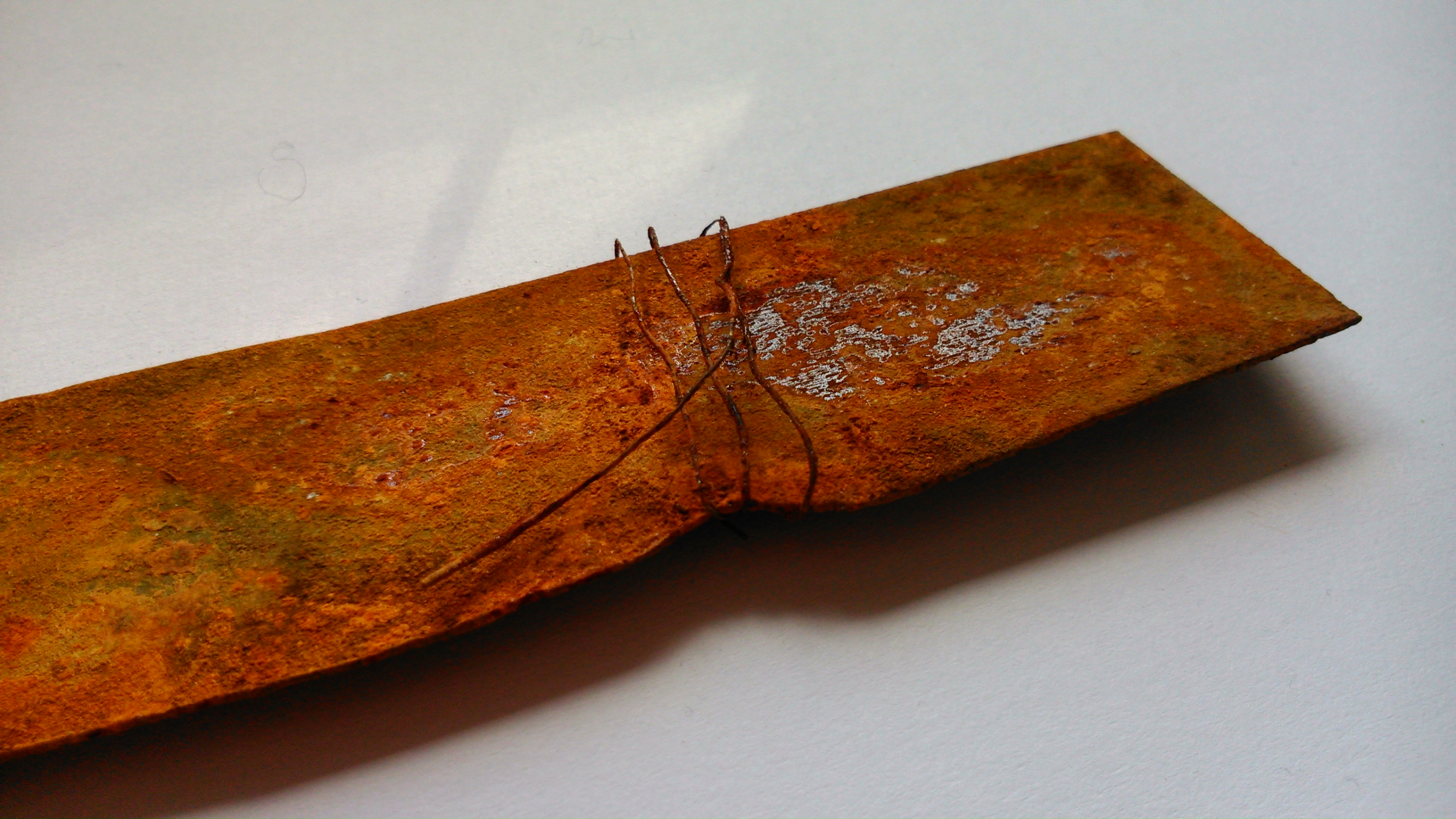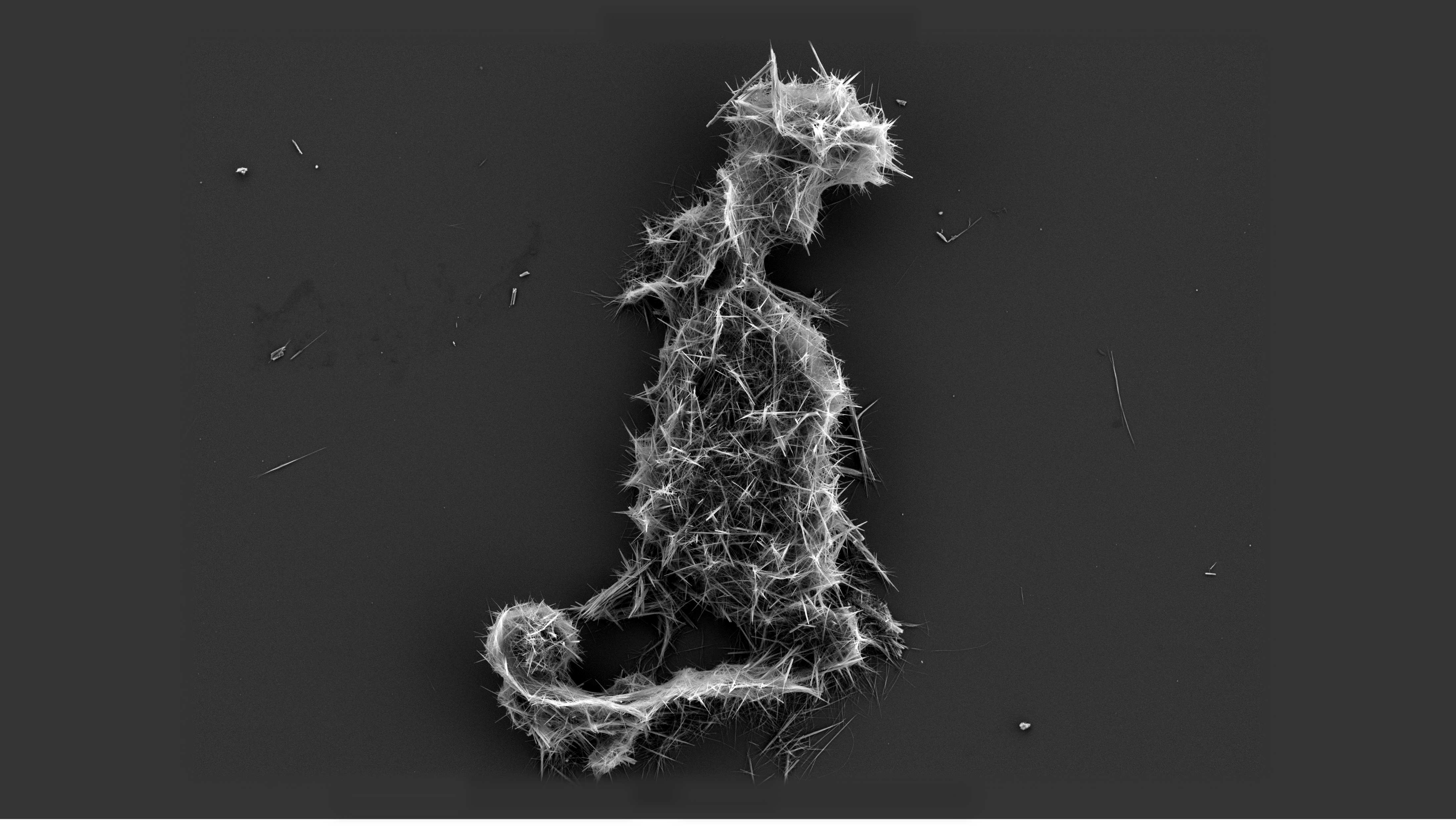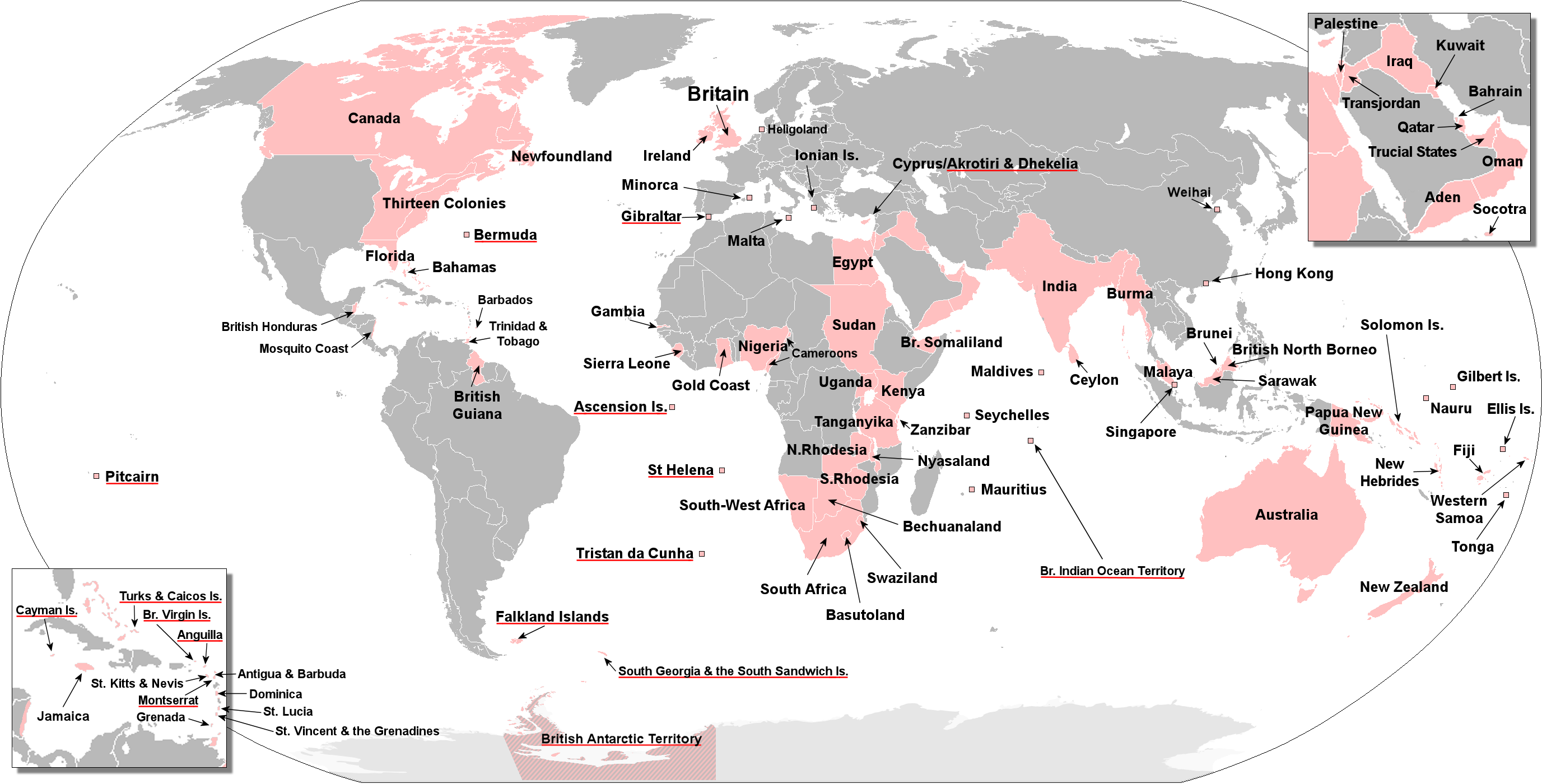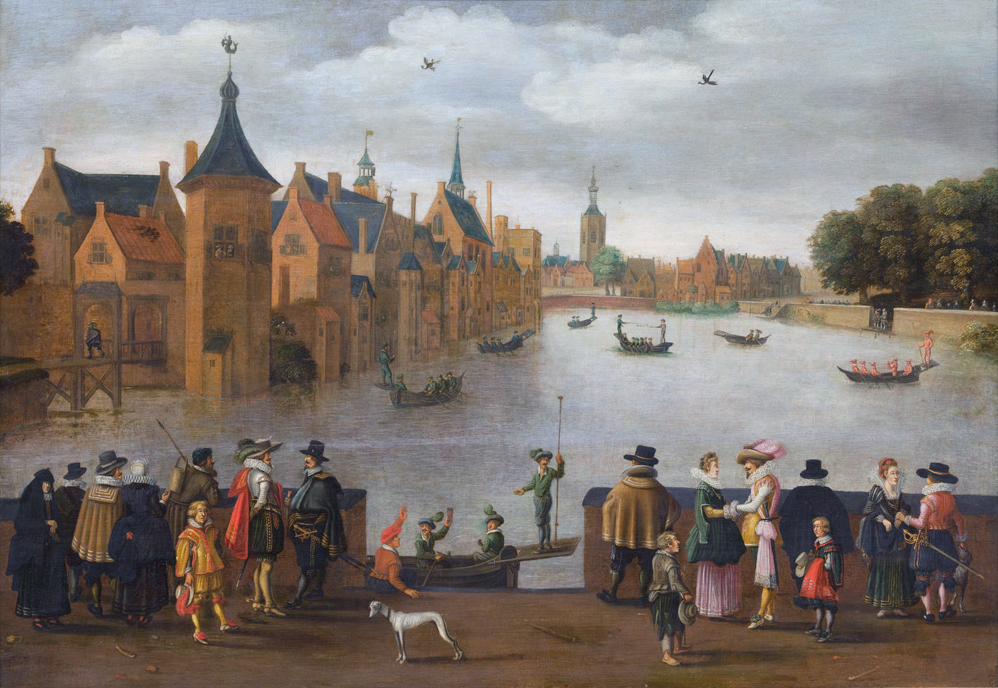|
Aruba Phosphate Company
The discovery of guano on Klein Curaçao by John Godden in 1871, sparked a "guano mania" across the Antillean Islands, Antillean islands, including Curaçao (Santa Barbara Beach, Curaçao, Santa Barbara). In 1874, J. H. Waters Gravenhorst is credited with the discovery of guano in Aruba, although an earlier interest was shown by an American named S.R. Kimball in 1859. The exact outcome of Kimball's efforts remains uncertain. This ultimately led to the incorporation of a limited company on Curaçao, known as Aruba Phosphate Company on December 18, 1879. Phosphatized limestone deposits from guano droppings are exclusively located in the southeastern part of the island of Aruba, around two small hills: Seroe Colorado and Seroe Culebra. Additionally, in early 1909, phosphate was also discovered slightly further north, near a lower ridge named Bank Jerôme. The deposits resulted from large colonies of seafowls that foraged of the surrounding rich waters during late Pleistocene (about 1 ... [...More Info...] [...Related Items...] OR: [Wikipedia] [Google] [Baidu] |
William III Of The Netherlands
William III ( Dutch: ''Willem Alexander Paul Frederik Lodewijk''; English: ''William Alexander Paul Frederick Louis''; 19 February 1817 – 23 November 1890) was King of the Netherlands and Grand Duke of Luxembourg from 1849 until his death in 1890. He was also the Duke of Limburg from 1849 until the abolition of the duchy in 1866. William was the son of King William II and Anna Pavlovna of Russia. On the abdication of his grandfather William I in 1840, he became the Prince of Orange. On the death of his father in 1849, he succeeded as king of the Netherlands. William married his cousin Sophie of Württemberg in 1839 and they had three sons, William, Maurice, and Alexander, all of whom predeceased him. After Sophie's death in 1877 he married Emma of Waldeck and Pyrmont in 1879 and they had one daughter Wilhelmina, who succeeded William to the Dutch throne. Meanwhile, being the last agnatic dynastic descendant of Otto I, Count of Nassau, the throne of the Grand Duchy ... [...More Info...] [...Related Items...] OR: [Wikipedia] [Google] [Baidu] |
Iron Oxide
Iron oxides are chemical compounds composed of iron and oxygen. Several iron oxides are recognized. All are black magnetic solids. Often they are non-stoichiometric. Oxyhydroxides are a related class of compounds, perhaps the best known of which is rust. Iron oxides and oxyhydroxides are widespread in nature and play an important role in many geological and biological processes. They are used as iron ores, pigments, catalysts, and in thermite, and occur in hemoglobin. Iron oxides are inexpensive and durable pigments in paints, coatings and colored concretes. Colors commonly available are in the "earthy" end of the yellow/orange/red/brown/black range. When used as a food coloring, it has E number E172. Stoichiometries Iron oxides feature as ferrous (Fe(II)) or ferric (Fe(III)) or both. They adopt octahedral or tetrahedral coordination geometry. Only a few oxides are significant at the earth's surface, particularly wüstite, magnetite, and hematite. * Oxides o ... [...More Info...] [...Related Items...] OR: [Wikipedia] [Google] [Baidu] |
Calcium Phosphate
The term calcium phosphate refers to a family of materials and minerals containing calcium ions (Ca2+) together with inorganic phosphate anions. Some so-called calcium phosphates contain oxide and hydroxide as well. Calcium phosphates are white solids of nutritious value and are found in many living organisms, e.g., bone mineral and tooth enamel. In milk, it exists in a colloidal form in micelles bound to casein protein with magnesium, zinc, and citrate–collectively referred to as colloidal calcium phosphate (CCP). Various calcium phosphate minerals are used in the production of phosphoric acid and fertilizers. Overuse of certain forms of calcium phosphate can lead to nutrient-containing surface runoff and subsequent adverse effects upon receiving waters such as algal blooms and eutrophication (over-enrichment with nutrients and minerals). Orthophosphates, di- and monohydrogen phosphates These materials contain Ca2+ combined with , , or : * Monocalcium phosphate, ... [...More Info...] [...Related Items...] OR: [Wikipedia] [Google] [Baidu] |
Prudence
Prudence ( la, prudentia, contracted from meaning "seeing ahead, sagacity") is the ability to govern and discipline oneself by the use of reason. It is classically considered to be a virtue, and in particular one of the four Cardinal virtues (which are, with the three theological virtues, part of the seven virtues). Prudentia is an allegorical female personification of the virtue, whose attributes are a mirror and snake, who is frequently depicted as a pair with Justitia, the Roman goddess of Justice. The word derives from the 14th-century Old French word ''prudence'', which, in turn, derives from the Latin ''prudentia'' meaning "foresight, sagacity". It is often associated with wisdom, insight, and knowledge. In this case, the virtue is the ability to judge between virtuous and vicious actions, not only in a general sense, but with regard to appropriate actions at a given time and place. Although prudence itself does not perform any actions, and is concerned solely with ... [...More Info...] [...Related Items...] OR: [Wikipedia] [Google] [Baidu] |
Duty (tax)
In economics, a duty is a target-specific form of tax levied by a state or other political entity. It is often associated with customs, in which context they are also known as tariffs or dues. The term is often used to describe a tax on certain items purchased abroad. A duty is levied on specific commodities, financial transactions, estates, etc. rather than being a direct imposition on individuals or corporations such income or property taxes. Examples include customs duty, excise duty, stamp duty, estate duty, and gift duty. Customs duty A customs duty or due is the indirect tax levied on the import or export of goods in international trade. In economics a duty is also a kind of consumption tax. A duty levied on goods being imported is referred to as an 'import duty', and one levied on exports an 'export duty'. Estate duty An estate duty (in the U.S. inheritance tax) is a tax levied on the estate of a deceased person in many jurisdictions or on the inheritance of a p ... [...More Info...] [...Related Items...] OR: [Wikipedia] [Google] [Baidu] |
Cubic Metre
The cubic metre (in Commonwealth English and international spelling as used by the International Bureau of Weights and Measures) or cubic meter (in American English) is the unit of volume in the International System of Units (SI). Its symbol is m3. Bureau International de Poids et Mesures.Derived units expressed in terms of base units". 2014. Accessed 7 August 2014. It is the volume of a cube with edges one metre in length. An alternative name, which allowed a different usage with metric prefixes, was the stère, still sometimes used for dry measure (for instance, in reference to wood). Another alternative name, no longer widely used, was the kilolitre. Conversions : A cubic metre of pure water at the temperature of maximum density (3.98 °C) and standard atmospheric pressure (101.325 kPa) has a mass of , or one tonne. At 0 °C, the freezing point of water, a cubic metre of water has slightly less mass, 999.972 kilograms. A cubic metre is sometimes abbre ... [...More Info...] [...Related Items...] OR: [Wikipedia] [Google] [Baidu] |
British Empire
The British Empire was composed of the dominions, colonies, protectorates, mandates, and other territories ruled or administered by the United Kingdom and its predecessor states. It began with the overseas possessions and trading posts established by England between the late 16th and early 18th centuries. At its height it was the largest empire in history and, for over a century, was the foremost global power. By 1913, the British Empire held sway over 412 million people, of the world population at the time, and by 1920, it covered , of the Earth's total land area. As a result, its constitutional, legal, linguistic, and cultural legacy is widespread. At the peak of its power, it was described as " the empire on which the sun never sets", as the Sun was always shining on at least one of its territories. During the Age of Discovery in the 15th and 16th centuries, Portugal and Spain pioneered European exploration of the globe, and in the process established ... [...More Info...] [...Related Items...] OR: [Wikipedia] [Google] [Baidu] |
Metal
A metal (from Greek μέταλλον ''métallon'', "mine, quarry, metal") is a material that, when freshly prepared, polished, or fractured, shows a lustrous appearance, and conducts electricity and heat relatively well. Metals are typically ductile (can be drawn into wires) and malleable (they can be hammered into thin sheets). These properties are the result of the '' metallic bond'' between the atoms or molecules of the metal. A metal may be a chemical element such as iron; an alloy such as stainless steel; or a molecular compound such as polythiazyl, polymeric sulfur nitride. In physics, a metal is generally regarded as any substance capable of conducting electricity at a temperature of absolute zero. Many elements and compounds that are not normally classified as metals become metallic under high pressures. For example, the nonmetal iodine gradually becomes a metal at a pressure of between 40 and 170 thousand times atmospheric pressure. Equally, some materials re ... [...More Info...] [...Related Items...] OR: [Wikipedia] [Google] [Baidu] |
Mineral
In geology and mineralogy, a mineral or mineral species is, broadly speaking, a solid chemical compound with a fairly well-defined chemical composition and a specific crystal structure that occurs naturally in pure form.John P. Rafferty, ed. (2011): Minerals'; p. 1. In the series ''Geology: Landforms, Minerals, and Rocks''. Rosen Publishing Group. The geological definition of mineral normally excludes compounds that occur only in living organisms. However, some minerals are often biogenic (such as calcite) or are organic compounds in the sense of chemistry (such as mellite). Moreover, living organisms often synthesize inorganic minerals (such as hydroxylapatite) that also occur in rocks. The concept of mineral is distinct from rock, which is any bulk solid geologic material that is relatively homogeneous at a large enough scale. A rock may consist of one type of mineral, or may be an aggregate of two or more different types of minerals, spacially segregated into disti ... [...More Info...] [...Related Items...] OR: [Wikipedia] [Google] [Baidu] |
The Hague
The Hague ( ; nl, Den Haag or ) is a list of cities in the Netherlands by province, city and municipalities of the Netherlands, municipality of the Netherlands, situated on the west coast facing the North Sea. The Hague is the country's administrative centre and its seat of government, and while the official capital of the Netherlands is Amsterdam, The Hague has been described as the country's de facto capital. The Hague is also the capital of the provinces of the Netherlands, province of South Holland, and the city hosts both the International Court of Justice and the International Criminal Court. With a population of over half a million, it is the third-largest city in the Netherlands, after Amsterdam and Rotterdam. The Hague is the core municipality of the COROP, Greater The Hague urban area, which comprises the city itself and its suburban municipalities, containing over 800,000 people, making it the third-largest urban area in the Netherlands, again after the urban are ... [...More Info...] [...Related Items...] OR: [Wikipedia] [Google] [Baidu] |
Supreme Court Of The Netherlands
The Supreme Court of the Netherlands ( nl, Hoge Raad der Nederlanden or simply ''Hoge Raad''), officially the High Council of the Netherlands, is the final court of appeal in civil, criminal and tax cases in the Netherlands, including Curaçao, Sint Maarten and Aruba. The Court was established on 1 October 1838 and is located in The Hague. The Supreme Court rules civil and criminal matters. In certain administrative cases it has final jurisdiction as well, while in other cases this jurisdiction rests with the adjudicative division of the Council of State (''Raad van State''), the Central Appeals Tribunal ('), the Trade and Industry Appeals Tribunal (') as well as judicial institutions in the Caribbean part of the Kingdom of the Netherlands. The Court is a court of cassation, which means that it has the competence to quash or affirm rulings of lower courts, but no competence to re-examine or question the facts. It only considers whether the lower courts applied the law corre ... [...More Info...] [...Related Items...] OR: [Wikipedia] [Google] [Baidu] |







